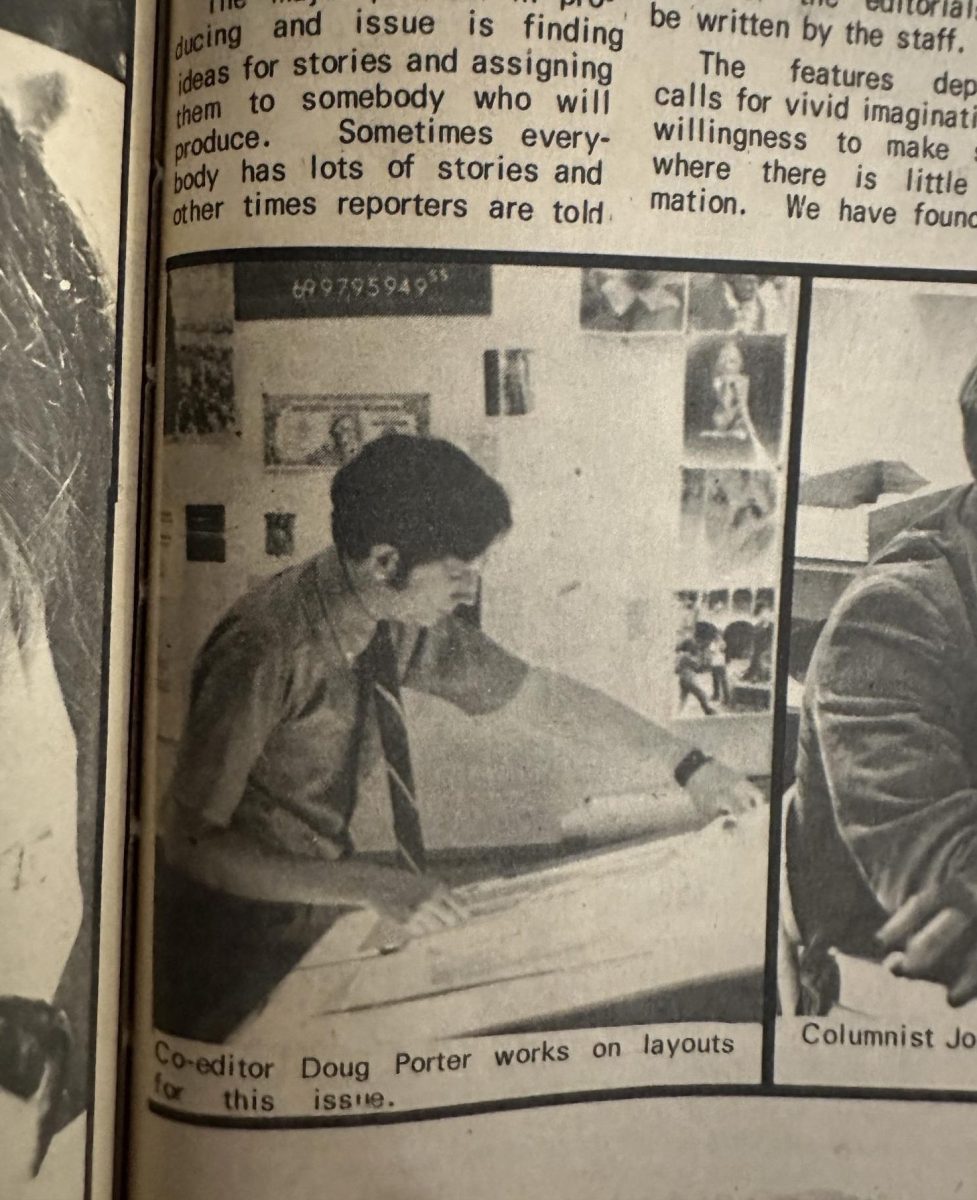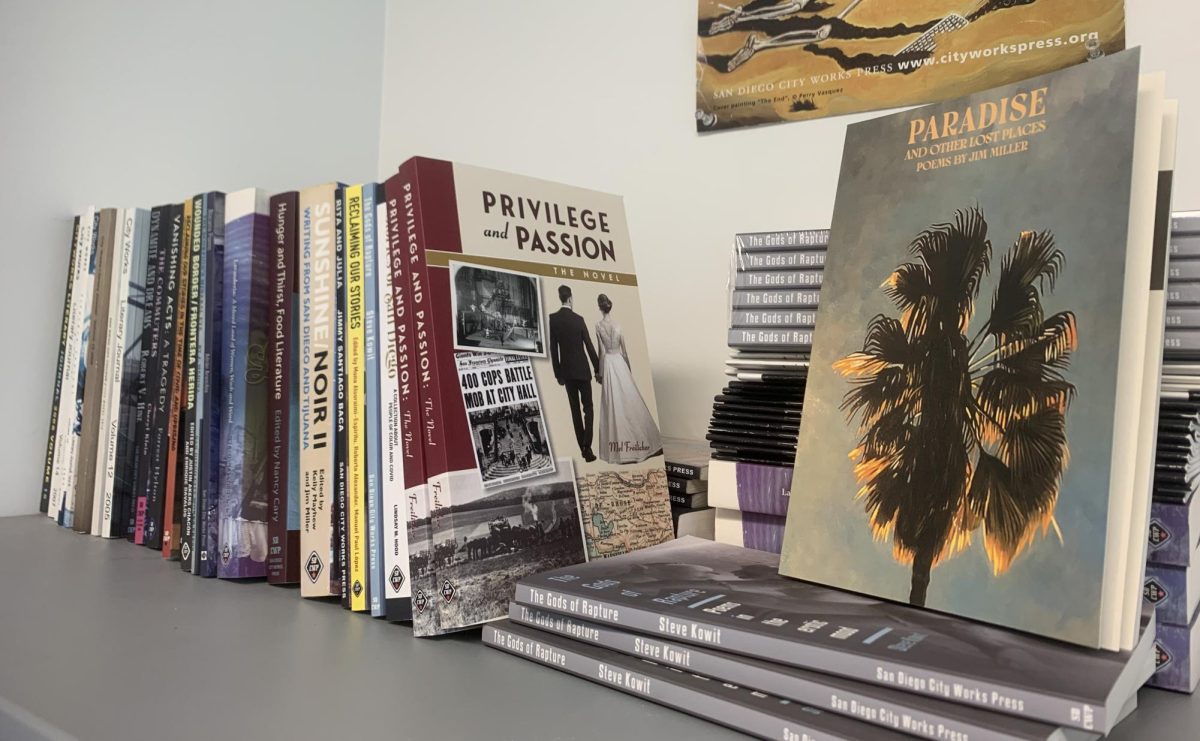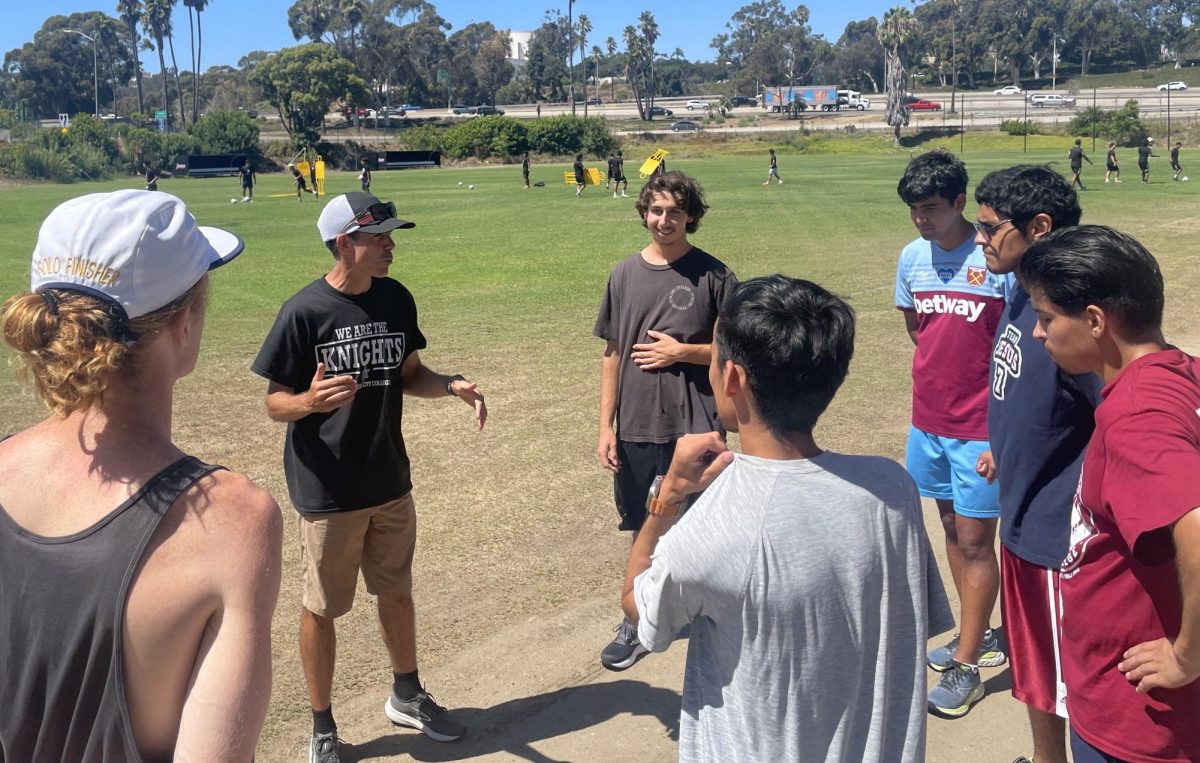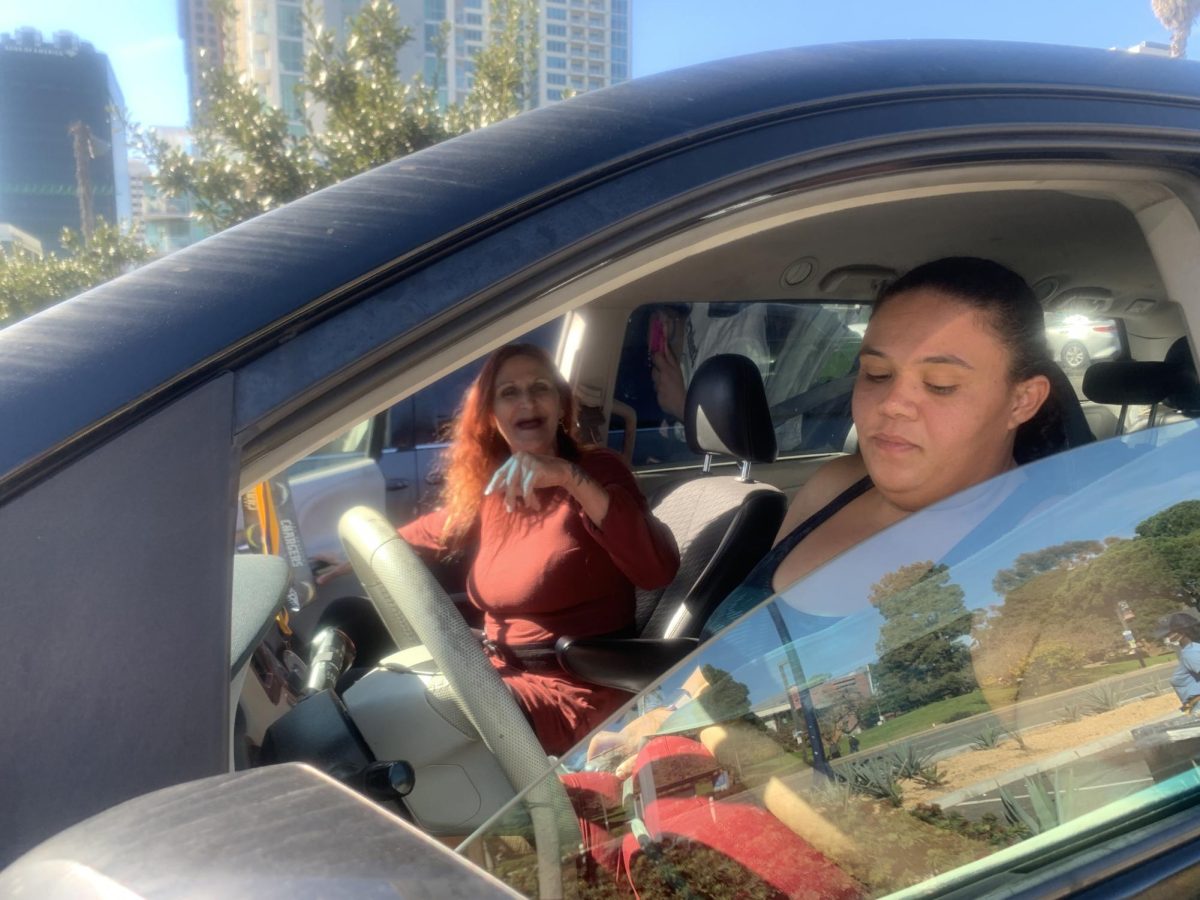During the recent Cinco de Mayo celebration, we all got a chance to eat some tacos, drink some margaritas, and hopefully learn a little bit about the culture and history of Mexico. Now San Diego City College is giving everyone a taste of culture by adding a new crop field on campus. Students and staff members have been working hard to get their Milpa project under way.
A Milpa is a crop field that is found in Mesoamerica, incorporating the three most important foods in the indigenous culture: corn, beans and squash.
A large group of Chicano Studies students, as well as outside volunteers, have been working in the Milpa fields for one to two hours a few days a week.
“This project began in the beginning of the spring semester” Professor Davalos explains. “The agriculture department wanted to plant some corn fields so we got together and decided that instead of corn we should harvest a whole milpa plant. We all decided this would be better then a regular agriculture field.”
Davalos is a professor for the Chicano Studies Department at San Diego City College. He, along with Julia Dashe and Paul Maschka, who are urban farmers with the San Diego Roots Sustainable Food Project, and some of his students, are working hard to get this project going.
“I mentioned it to two of my classes, my Chicano Studies intro class as well as my Chicano Studies Mesoamerican culture class” Davalos said. “Once they were all on board we were ready to look for the land and start getting it ready to plant.”
On May 12, the group was able to showcase all the hard work they had put into getting the field ready by having an opening ceremony.
“We contacted Stan Rodriguez, to see if he would come and bless the land before we planted the first seed,” Davalos recalls. “We thought it would be appropriate to have Stan do it because this is originally their land.”
Rodriquez is a member of the Kumeyyay tribe, which is the indigenous group of San Diego. They felt as thought it would be fitting to have him come and bless the land and ask the Gods’ permission to plant on it because it formerly belonged to them.
After Rodriguez blessed the land, Aztec dancers performed a traditional indigenous dance to acknowledge rain, and then there was a feast to celebrate.
“It was a great day” remembered a student who attended the event. “It was really cool to see all the rituals they used to perform.”
Of course there was a lot of work that went into the ceremony before the celebration could begin.
“The hardest part for me was digging the path way for the pipes to install the water system” says Bryant Burgos, a Chicano Studies student.
“It was the best and the worst part of the experience” Burgos says. “It was a lot of hard work to get the land ready for planting but in the end you felt good,like the land has connected with you.”
Oriona Kovatch, a classmate of Burgos, agrees with him. “When you are working out there you feel connected to the earth as well as the plants. I even named the plants that I planted” Kovatch laughed. “Sometimes I’ll walk by them and say, hi.”
The semester is over now but the students say they want to stay committed to the project.
“I will come back when it’s time to plant the beans and squash” says Karla Pedroza, another Chicano Studies student. Pedroza mentioned she’d be back “in September when it’s harvest time.”
Davalos wants to continue with the Milpa and make it a permanent project for the Chicano Studies Program.
“In the fall we will have a harvest ceremony for the Milpa.” This will give the students a chance to enjoy the fruits of their labor, and for some that is the ultimate reward.
“It was hard work, but in the end it will pay off” says another Chicano Studies student. “It’ll be great to have a ceremony and be like, wow, I planted this!”







